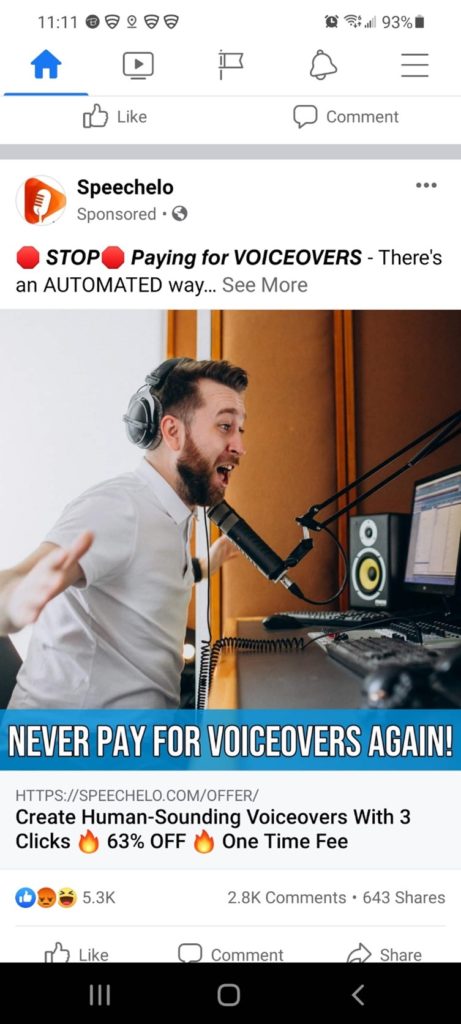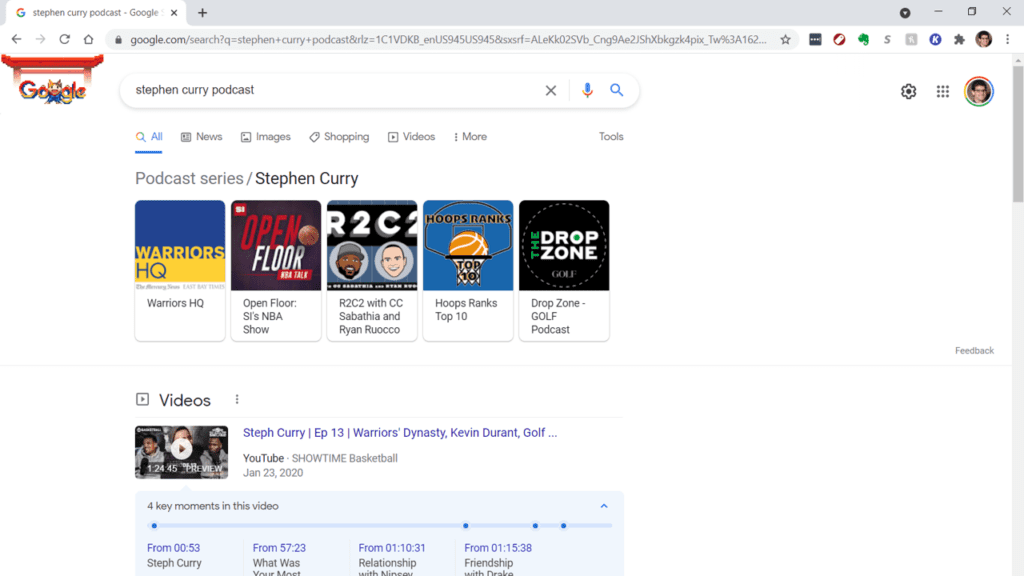
Coleman Insights Senior Consultant John Boyne and I first heard of the term “Overton Window” around 2006, and the person who taught us about it was Glenn Beck. We were doing work for Beck when he was on Headline News. Beck explained how the Overton Window changes and redefines perceptions of what is acceptable content, and how that changes as creators push for an edge. He noted that if the “acceptable” is never challenged, the content becomes bland. The show eventually loses its edge and becomes vulnerable to new content creators. He was committed to not letting that happen to himself. He was intentionally moving the Overton Window, shifting expectations of political talk. Glenn Beck predicted the Overton Window would continue to move, making certain things that seem shocking, out of place, or off-brand become in-brand because the Overton Window has moved.
The shifting of the Overton Window in political talk began with the abolition of the Fairness Doctrine in 1987. The FCC Fairness Doctrine, which began in 1949, required holders of broadcast licenses to present opposing sides of controversial issues of public importance. With the 1987 debut of The Rush Limbaugh Show at KFBK-AM in Sacramento, the Overton Window began its shift. Before Limbaugh, listeners expected purely unbiased information on radio talk shows. For some time after the end of the doctrine, talk stations generally featured guests from both sides, even if not required to.
When moving the Overton Window, you must do it in little increments. If you go too far, the whole thing blows up and it doesn’t work. By focusing on an incremental shift, you change perceptions over time and it’s not as controversial or startling to the audience.
Notice how TikTok has moved the Overton Window for social media while Instagram and Facebook have lost their luster. It is difficult for brands to remain relevant when things are changing all the time.
Radio had a 60- or 70-year advantage of nobody moving the Overton Window in any significant way, though individual stations have done things to change perceptions individually. But with no one dramatically changing expectations, stations often got caught being stagnant.
Radio as a medium also has an expectation or image with consumers. For years, radio was the place for “my favorite” music, for entertaining talk, news, political talk, and more. But, because of a lack of dramatic change in individual stations, the Overton Window in which the medium lived (consumer expectations for how and where to consume music, entertaining talk, political talk, etc.) was not changing either.
New innovations and platforms have shifted the perceptions of music media. But radio is not part of the discussion often enough because it has not been a part of the changing of the Overton Window’s expectation set for music and talk. Radio as a medium is no longer offering what many consumers expect for radio’s type of content. It has allowed other media and their offerings to move the window.
For radio to change the Overton Window, it must do things that are dramatically new and maybe even risky. It must do things that podcasts, YouTube, and TikTok either cannot do or are not expected to do. And yes, live and local is important, but it’s not nearly enough on its own.
It needs to be game-changing.
The Overton Window of the medium’s expectation will only change when enough stations in enough markets are doing something different. Noticeably different.
Look how the Overton Window is changing television. The expectation has shifted so far away from linear TV to on-demand content, it has left broadcast TV in a hugely precarious position. Networks get incremental success with certain shows, but they don’t change the expectation of what broadcast TV can do.
Here’s Apple changing the expectation of what a smartwatch can do. It’s changing the Overton Window of the product.
So how does radio move the Overton Window?
For starters, every radio talent needs to be an expert at triggering emotional connections. If radio is to reach younger consumers, it needs to be live during times when teenagers at least have the chance to be listening.
And it needs game-changing content.
By all accounts, putting an NSFW show about medical and relationship advice for teenagers and young adults on an FM Alternative station sounds like lunacy. But Loveline, which aired on KROQ in Los Angeles from 1983-2018, attracted new young listeners and shifted the Overton Window for the station and format as it spread in syndication.
We’re talking about changing the expectation of an entire medium. It’s not easy, and may not be possible. It will require some very big thinking.
But picture a radio medium that significantly changes its value proposition. Then, picture someone outside of the business, a well-known celebrity with significant credibility with younger demos talking about their love and passion for radio and changing expectations of what to expect from the medium.
That’s how to get the Overton Window to shift. It is the way forward.







